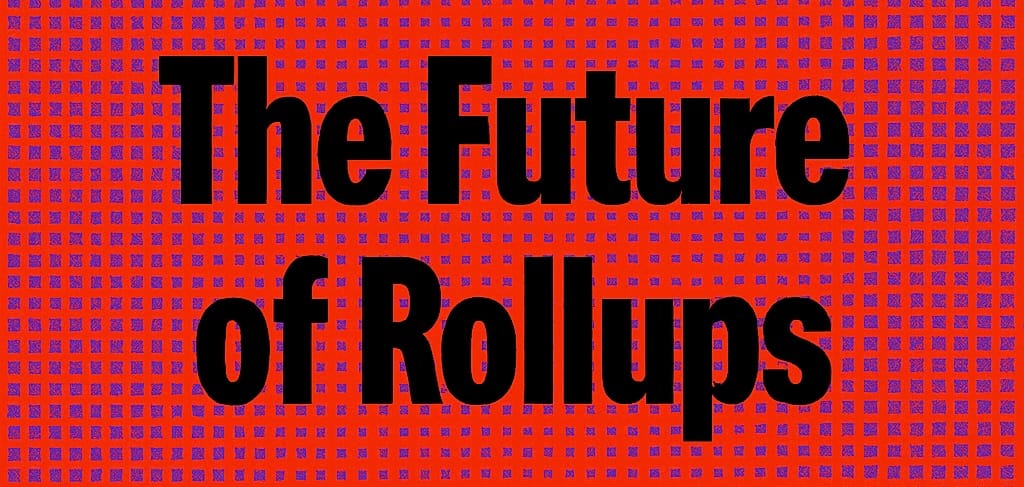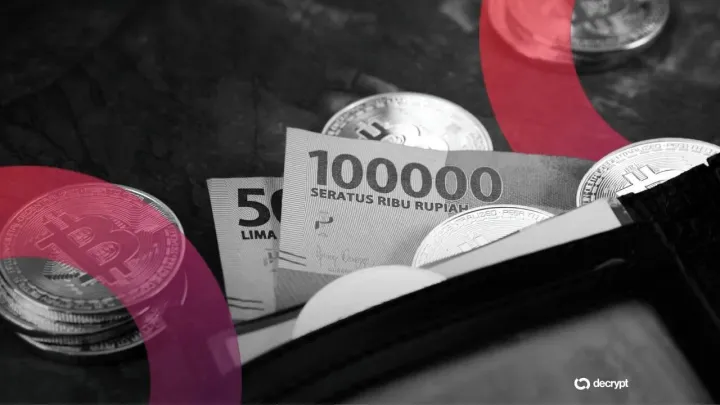CALDERA: The future of Rollups.

As blockchain networks aim to meet the demands of global adoption, a big challenge remains constant.
How do we achieve performance, flexibility, and security without compromising decentralization?
Although different projects have offered solutions to this, the main issue, decentralization, is usually overlooked.
Caldera came up with a better solution.
They introduced Rollups-as-a-Service (RaaS).
Caldera allows projects to launch their custom rollups quickly, easily, and with full control over how they function.
This article offers a technical breakdown of Caldera’s architecture and how it works.
What is Caldera?
Caldera is a platform that helps teams create custom rollups on top of existing blockchains like Ethereum.
These rollups act like mini blockchains optimized for specific use cases, such as DeFi, gaming, or social apps.
Traditionally, launching a blockchain usually takes months of engineering and infrastructure setup.
But with Caldera, teams can spin up their rollup in days, with full control over important elements like:
- Execution environment (e.g., EVM or other virtual machines)
- Data availability (e.g., Ethereum, Celestia, EigenDA)
- Bridging options (for connecting with Ethereum or other chains)
- Governance modules
- Gas token (use your native token as gas instead of ETH)
This makes Caldera ideal for creating application-specific blockchains, tailored to unique business needs or user experiences.
How Does Caldera Work?
Caldera’s system is built on a modular blockchain architecture.
That means the different parts of a blockchain execution, data availability, and settlement are separated, giving developers more flexibility.
Here’s a breakdown of the major components:
1. Execution Layer
This is where transactions are processed and smart contracts are run.
- Caldera supports the Ethereum Virtual Machine (EVM), which means developers can use existing Ethereum tools and code.
- This ensures compatibility with wallets like MetaMask and developer frameworks like Hardhat or Foundry.
2. Sequencer
The sequencer organizes transactions and ensures a fast user experience.
- Each Caldera rollup has its dedicated sequencer.
- This provides sub-second finality and low latency.
- Although these sequencers start as centralized, Caldera has plans to gradually decentralize them over time, reducing censorship and MEV risks.
3. Data Availability
This determines where the transaction data is stored and verified.
- Ethereum Mainnet: Offers the highest level of security.
- Modular DA Layers like Celestia, EigenLayer, or Avail: More scalable and cost-effective options.
Projects can choose the DA layer that fits their cost and security needs.
4. Settlement and Bridging
Rollups need to interact with other chains, especially Ethereum.
- Caldera provides built-in support for asset bridging between the rollup and its settlement layer (like Ethereum).
- It is also building a new system called Metalayer, which will allow rollups to interact with each other, making them more composable and unified.
5. Developer & Operations Stack
Caldera doesn’t just stop at launching a chain. It provides a full set of tools:
- RPC endpoints
- Block explorers
- Indexers
- Monitoring tools
- Relayers for bridging
This allows teams to focus on building their products, rather than managing infrastructure.
Benefits to Developers
1. Performance Built for Each Application
In shared environments like Ethereum, apps compete for block space, leading to congestion and high fees. With Caldera, each app gets its rollup, resulting in:
- Sub-second transaction finality
- Higher throughput (more transactions per second)
- Stable and predictable gas fees
This is especially useful for sectors like:
- DeFi protocols
- On-chain games
- Social applications
- AI agents or bots
2. Custom Token Economics
Caldera lets projects choose their gas token, usually their native token.
This has major benefits:
- Drives real demand for the token
- Encourages active usage within the ecosystem
- Keeps value circulating within the project instead of flowing to Ethereum
It’s a powerful way for projects to control their economic environment.
3. Seamless Interoperability with the Metalayer
One challenge with rollups today is siloed, and liquidity; they don’t talk to each other easily.
Caldera’s upcoming Metalayer will fix this by:
- Connecting all Caldera-based rollups
- Enabling cross-rollup transactions
- Supporting intent-based routing, where users specify what they want (e.g., "Swap Token A for B"), and the system finds the best route across chains.
This allows a smoother, interconnected Web3 experience.
4. Faster Launch
Instead of spending months building blockchain infrastructure, projects using Caldera can
- Launch in days
- Focus on product development
- Save engineering and DevOps resources
- Easily experiment and iterate
This is great for startups, enterprises, and DAOs alike.
Who's Building on Caldera?
Several notable projects are already live or building with Caldera:
- Manta Pacific – A modular Layer 2 focused on zero-knowledge (ZK) applications
- ApeChain – A custom rollup for the ApeCoin community
- B³ Rollups (Berachain) – Rollups tailored to DeFi use cases within the Berachain ecosystem
As of now, over 100 rollups have been deployed using Caldera, with support for 1.7 million+ wallets and millions of transactions processed.
Risks and Considerations
While promising, the RaaS model introduces several trade-offs:
- Sequencer Centralization: Most rollups today rely on centralized sequencers, and while they’re faster, they carry censorship and MEV risk unless decentralized over time.
- Fragmented Liquidity: Every new rollup is its silo. Without strong bridges or unified routing (like the Metalayer), liquidity fragmentation could limit composability.
- Security Reliance: While rollups inherit security from the settlement layer, bugs in custom logic, DA configurations, or bridging mechanisms can still lead to exploits.
Conclusion
Caldera isn’t just another infrastructure provider.
It represents a major change in how blockchains are built from one-size-fits-all chains to modular, customizable, and app-specific rollups.
With Caldera:
- Projects don’t need to fight for space on Ethereum.
- They can build their rollups with their own rules, tokens, and performance needs.
- Infrastructure becomes easy to use.
The vision of fast, flexible, and interconnected blockchain ecosystems is no longer a dream, it’s Caldera.
Don't stop at Caldera, Mitosis has tons of articles you need to check out.


Comments ()